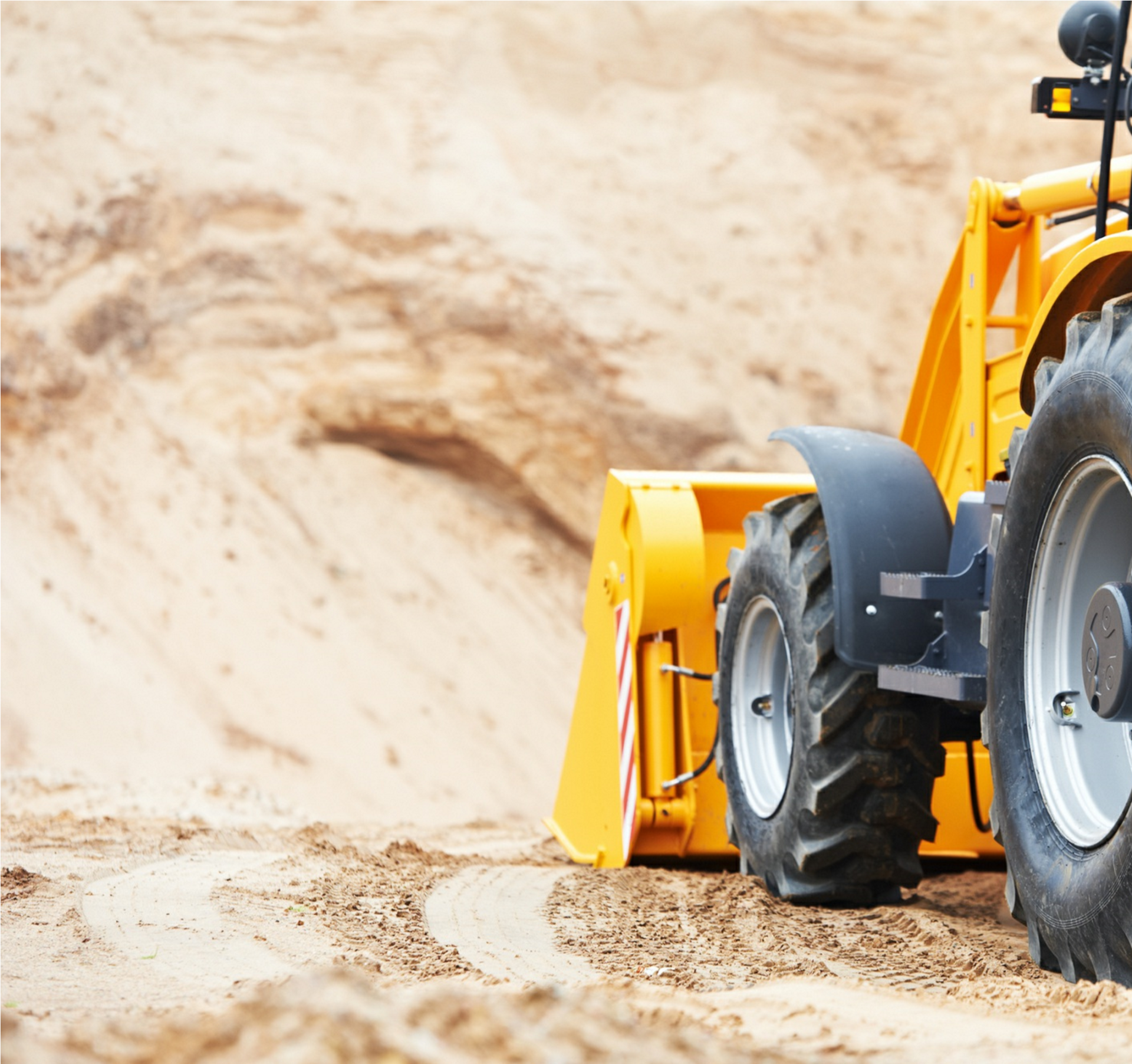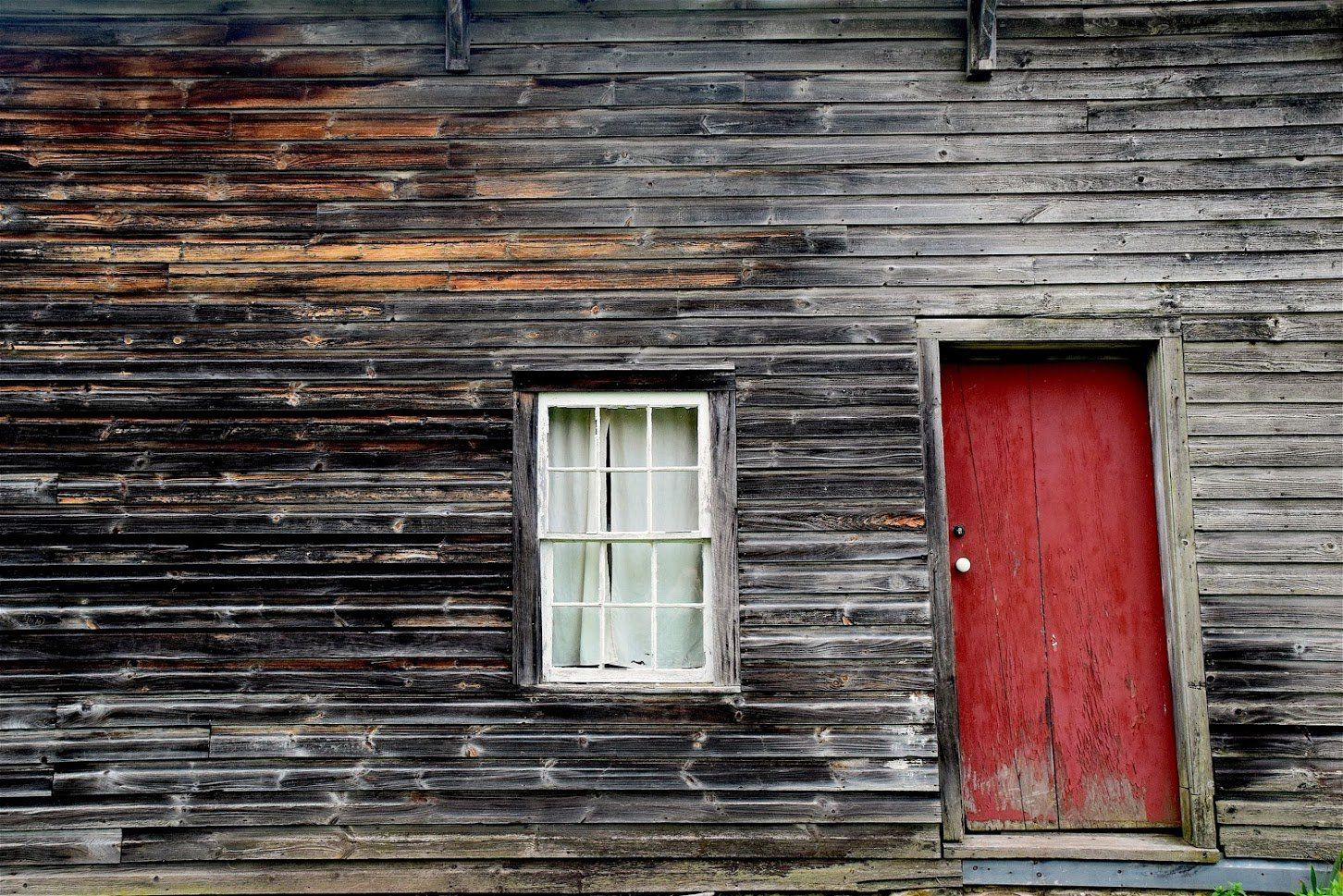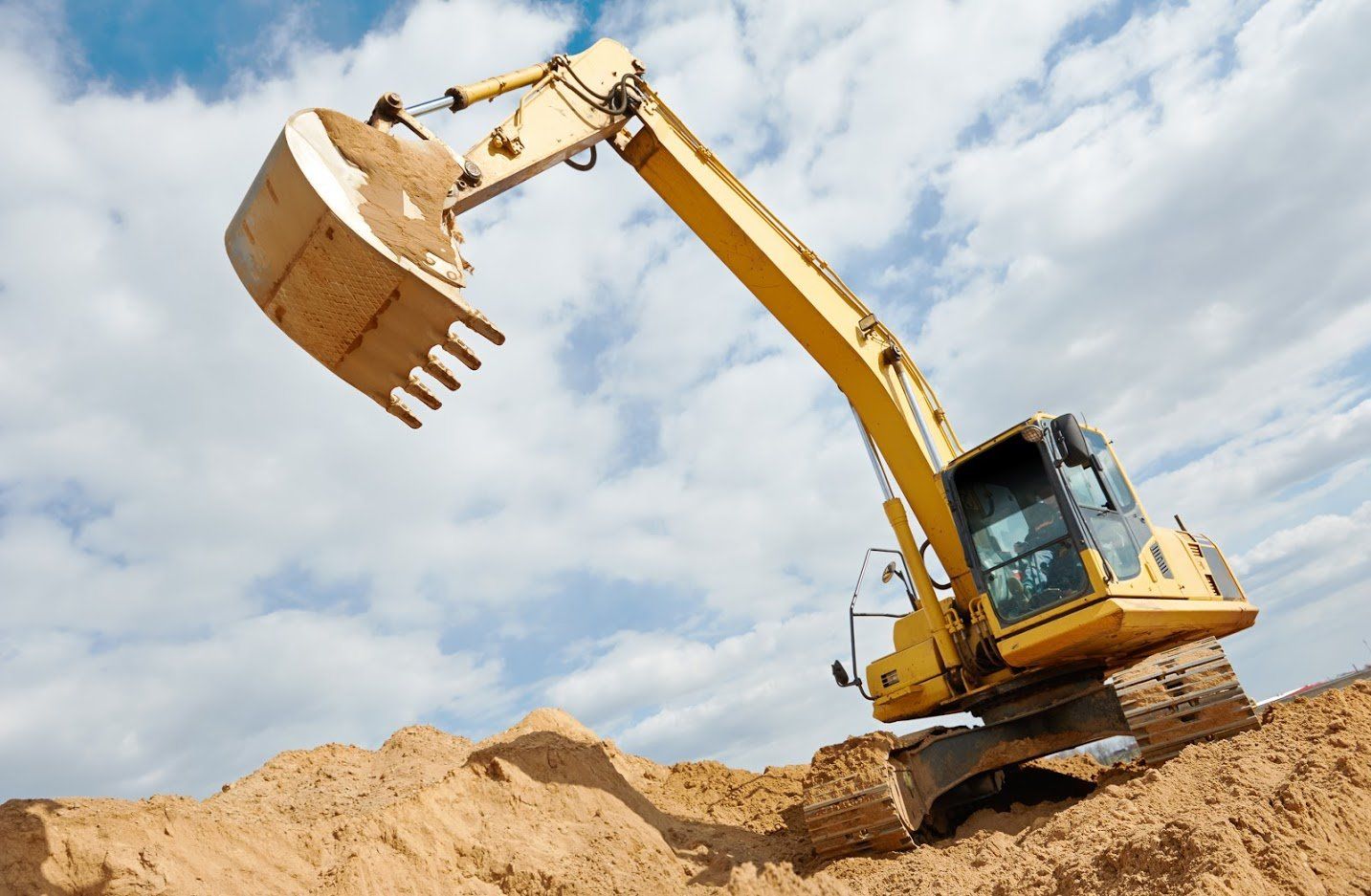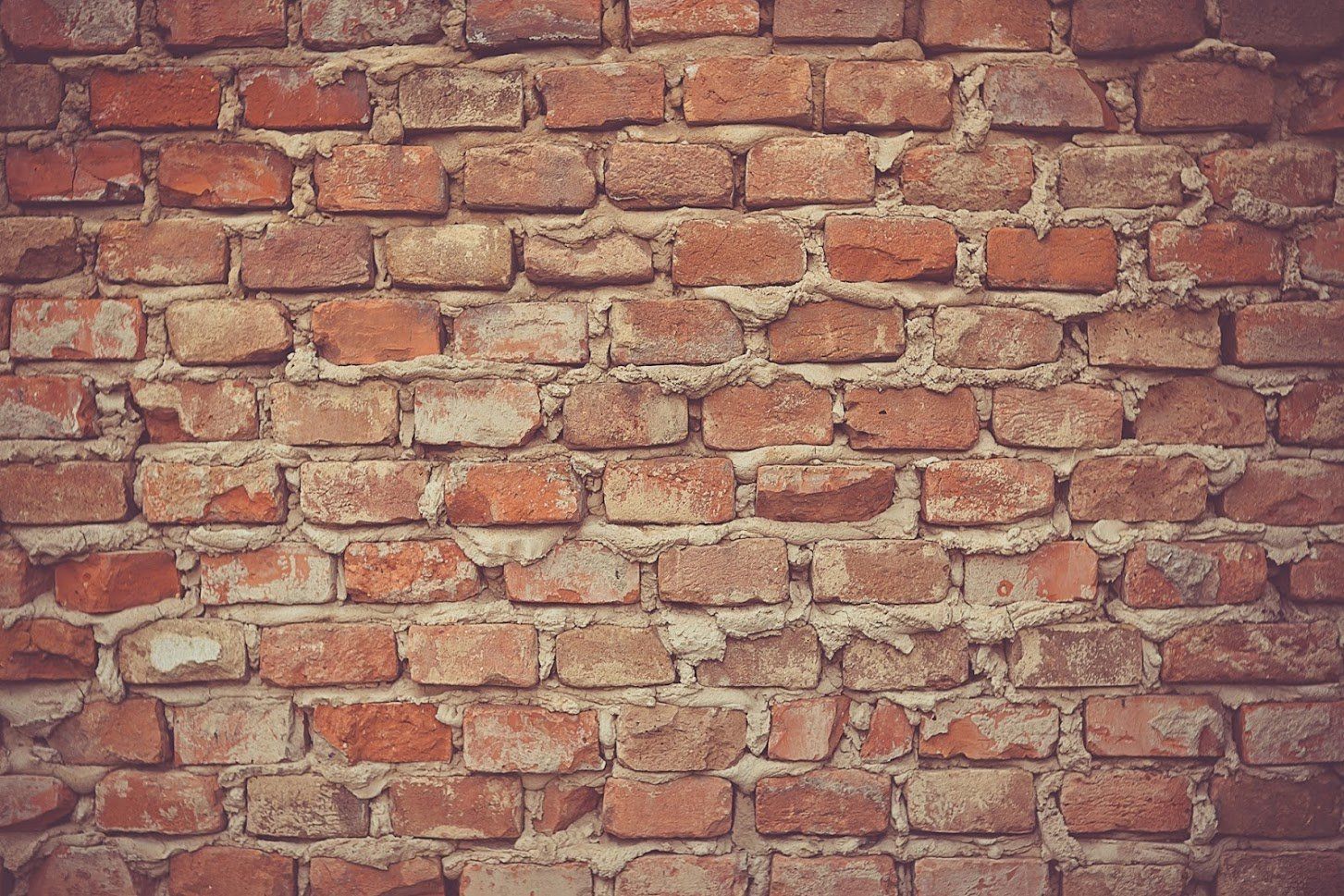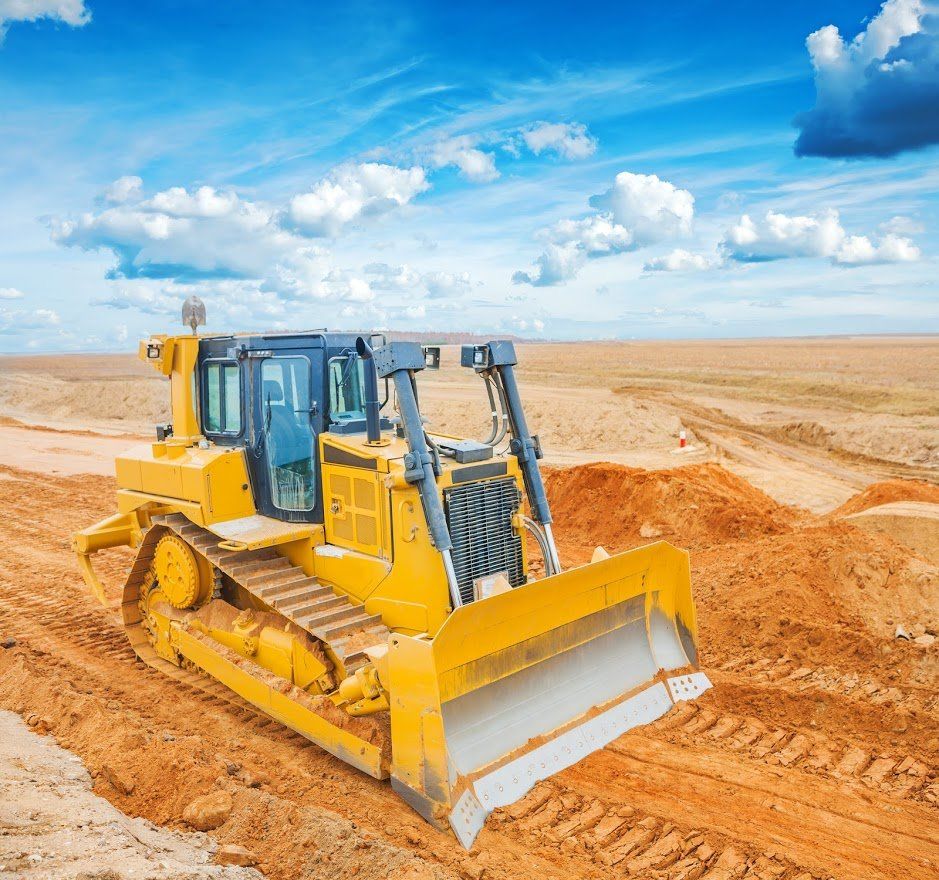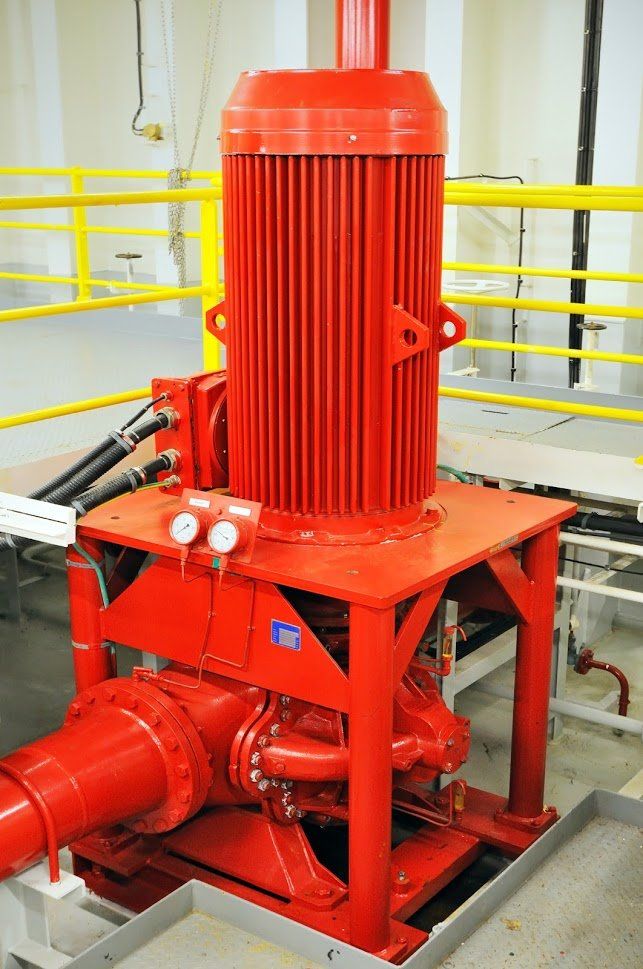Why Use Dustless Sandblasting?
If you have vehicles, equipment or machines that show signs of wear, then now may be the time to give them a makeover-and sandblasting could be the right choice for you. Sandblasting uses sand and compressed air to forcibly remove rough imperfections and create a smooth surface for painting or finishing.
This process has obvious cosmetic benefits; it also helps keep your kit in good shape and in good working order. While traditional sandblasting techniques do a good job, you should also consider dustless sandblasting. How does this technique work and what are its benefits? Keep reading to find out.
How does dustless sandblasting work?
Dustless sandblasting shares some similarities with traditional sandblasting. Both techniques involve blasting an abrasive medium against a surface. The medium cleans the surface as it hits it.
So, for example, a blast on metal might remove paint, rust and contaminants. Regular sandblasting directs the abrasive medium directly at the surface. This blasting process creates a lot of dust as it works.
On the other hand, dustless sandblasting works slightly differently. Here, you encase the abrasive in water before you apply it to the surface. The medium still abrades effectively, but the water content helps reduce dust and contain it.
What are the advantages of dustless sandblasting?
While both types of sandblasting are effective, a dustless technique has some useful advantages that might better suit your needs.
Less dust and less mess
When you start using dustless blasting, the abrasive mixes with water in its tank. The water contains the abrasive until it hits the surface. It then picks up particles of dust and debris that fall off during the work.
This dust is less likely to get airborne in the same way that it would if you were using regular sandblasting techniques. And you get a much easier clean-up after the blast. Any dust or debris that is left behind will typically fall directly around the item or area you've sandblasted. It won't travel far.
Minimal disruption
If you're sandblasting a machine or piece of equipment onsite, then you may not be able to move the item. If it is close to other machines or equipment, then you have to work out how the process might affect them.
If you use traditional sandblasting techniques, you may have to cover the machines or equipment and shut them down. You'll also need to clear your workers out of the area. You don't want machines, equipment or employees to be exposed to the dust the blast creates.
If you use a dustless technique, then you have far less disruption. You can usually keep everything else running and your workers on the job.
No friction damage
Regular sandblasting creates friction, so the abrasive makes the surface heat up as it hits it. This process needs careful management to avoid collateral damage. For example, if a metal surface gets too hot, then it might warp.
Dustless sandblasting has a built in cooling tool-water. The water in the mix automatically cools the surface and prevents the abrasive from creating too much heat.
This will allow you to clean even delicate materials without causing any damage. You can also control the pressure of the blast to use this kind of sandblasting safely on many different surfaces, such as metals, stone, brick and wood.
If you think that dustless sandblasting might work for you, then contact Blast Pro. We offer a one-stop service that includes a full range of sandblasting techniques and industrial painting services. Contact us today to learn more about our sandblasting and painting services and how we can help you.

